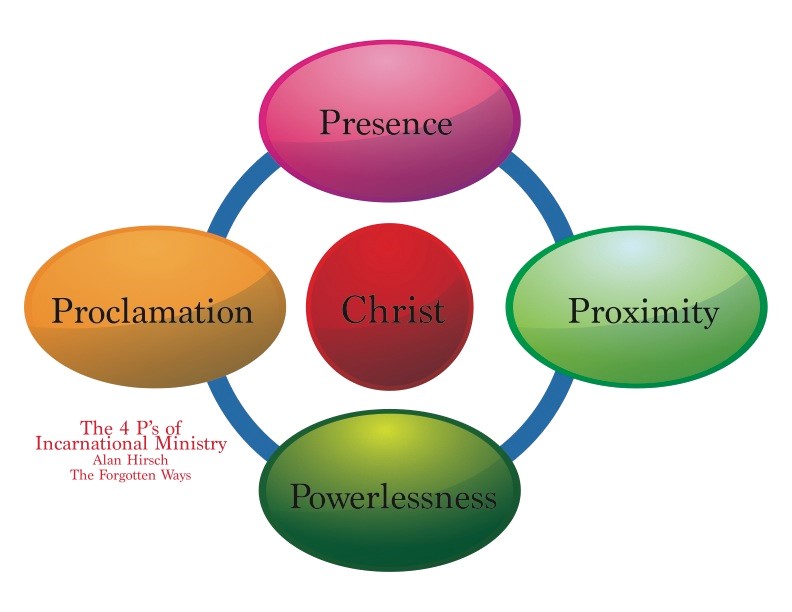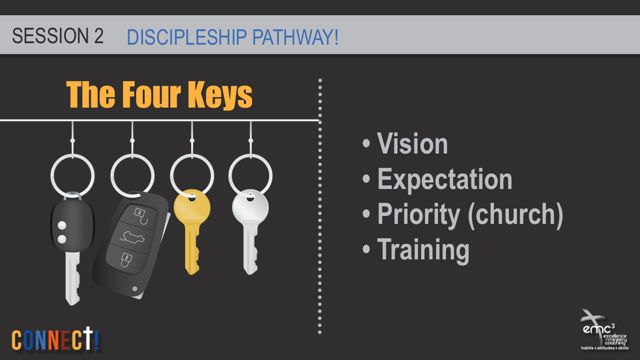June 23, 2014
By Phil Maynard
Thomas G. Bandy is an internationally recognized church consultant and leadership coach. The author of many books over the years, this may be my favorite due to the very practical nature of this resource. Bandy has been a leader in the development of helpful resources for understanding demographic research and the implications of that research for ministry in the local church as well as for denominational leadership as clergy are deployed for greater effectiveness.
Part 1 (click here for part 2)
Thomas Bandy, in See, Know & Serve The People Within Your Reach, provides a great resource for church leadership, pastors, and denominational leaders seeking to understand the mission field and better bless the communities that we have been called to serve. The book is divided into two distinct parts. The first part focuses on understanding the demographic tool and its value in helping churches connect more effectively with their communities. That is the focus of this Part 1 summary. Part 2 of the book focuses on Ministry Opportunities in the various lifestyle segments. The summary for this portion of the book will follow. He does note right at the outset that while demographic research is widely available and that many churches purchase expensive packages for the use of this research, little is usually done with the information gleaned. Bandy suggests that part of the problem (actually two problems) is that the church continues to approach mission as a ‘subject’ that can be abstract and considered intellectually rather than an attitude or disposition to bless people other than ourselves. The second part is that churches address mission as a program that is supported by resources by done by someone else. Mission is defined by Bandy as “Mission is what happens whenever the blessings of God intersect with human needs”. He notes that the church exists to impact the community, or communities, that surround it. The goal of mission is not to generate faith. It is to generate hope. Faith may come later and may take many forms. The goal of mission is to give faith a chance. In a chapter designed to help us think differently about the use of demographic research, Bandy identifies several phases used to describe changes in culture:
- The ‘Generation Gap’ Phase (60’s & 70’s)
- The ‘Degree of Urbanization’ Phase (70’s & 80’s)
- The ‘Ethnic Ministry’ Phase (80’s & 90’s)
- The ‘Best Practices’ Phase
- The ‘Church Planting and Multisite Ministry’ Phase
Yet, as he points out so clearly, where once a generation appeared every thirty years, now a new generation appears every ten years and new affinity groups, and microcultures emerge or disappear in a matter of days. The traditional terminology used to differentiate cultural groups and figure out how to get them engaged with the church no longer works. People are less interested in the product (i.e church) than they are in relationships – the things that connect us. Bandy describes three traditional lenses (a lens magnifies and intensifies) traditionally associated with demographic research:
- Pure Demographics: the broadest insight into any given community. This is most useful to understand the powerful forces that shape a community and the largest trends that may determine future obstacles and opportunities. Pure demographics include: average age, gender, race and national origin, language, phase of life, marital status, household occupancy, parenthood, occupation, mobility, home ownership, income debt, generosity, and religion (considered the least helpful for churches)
- Lifestyle Segments: an exploration of the daily behavior and habits of groups of people within the mission field. There are more than 70 distinct ‘portraits’ of lifestyle segments that behave in certain predictable ways: shop certain stores, enjoy certain recreational activities, live in distinct neighborhoods, learn new things in distinctive methodologies, and share common social needs. When strategic planners are sensitive to the lifestyle segments within their primary or targeted mission field, churches can focus ministries with much greater effectiveness.
- Psychographics: this third lens gives an even more detailed, nuanced insight into the publics that make up the mission field. This research explores the attitudes, social perspectives, worldviews, and values of various publics living proximate to each other. Methods of psychographic research include: focus groups, and strategies of intentional observation. It is all about immersion in the surrounding cultures – the opposite of immersion in the churchy culture
The church has a fourth lens Bandy calls “heartburst”. This provides a unique perspective on the community since the role of the church is not to know the community well enough to ‘sell’ something but in order to bless it more. It is all about a mission attitude where there is a passion to love people in need, a call to engage those they would normally avoid, to transform people by liberating them from self-destructive habits, and to empower people to become all God promises for them to be.` Some of the tools facilitating the development of ‘heartbursts’ include:
- Prayer Walks
- Listening Prayer Triads
- Interviews
Bandy notes that this research is hard work and sometimes leaders begin to wonder what the point is. In the business world the point is profits. In the church world the point is blessing. Yet for both the key word is relevance. Unless you are relevant (that is, applicable, appropriate , apt, congruous, fitting, germane, pertinent, suitable, significant) you will neither sell products nor channel Christ.



Leave A Comment